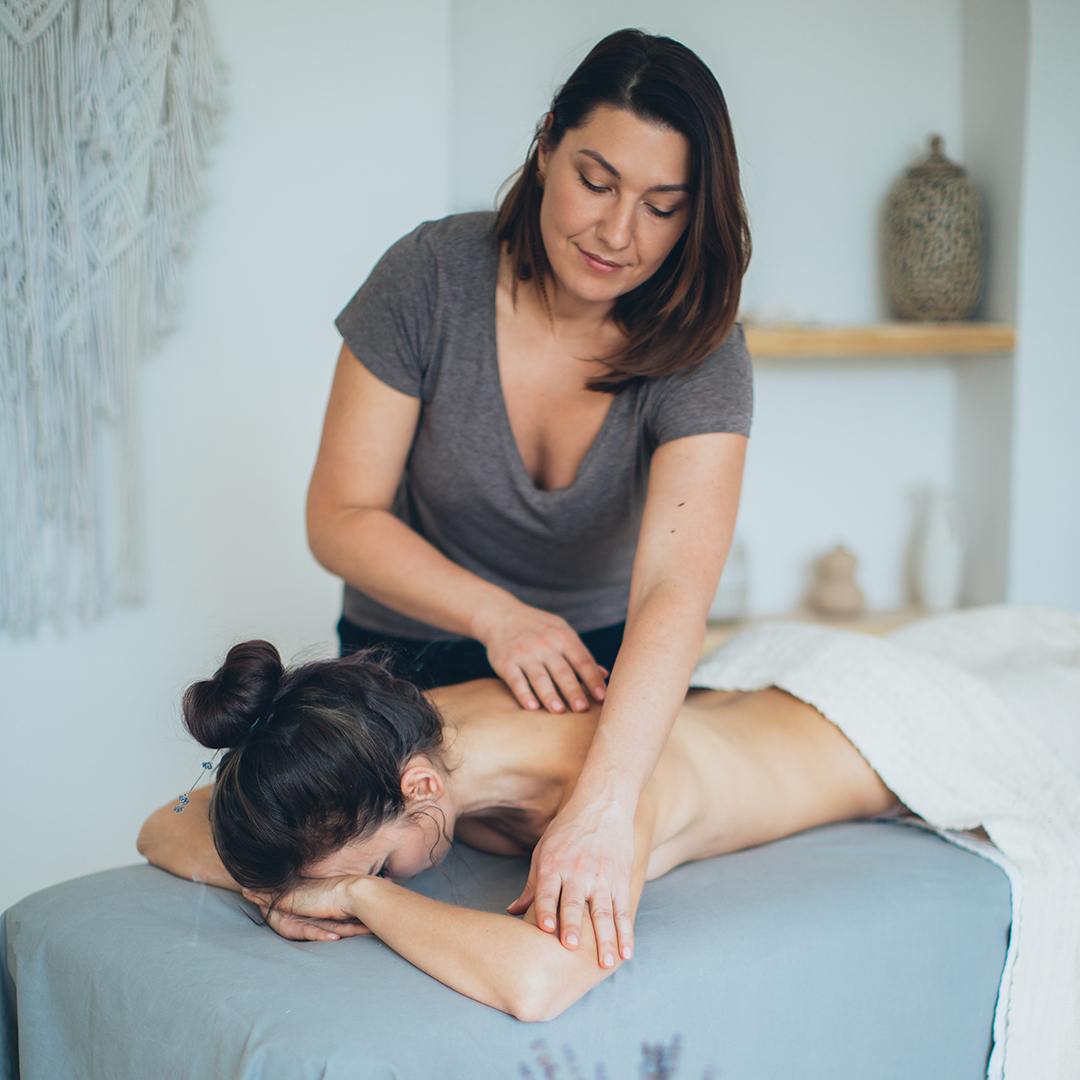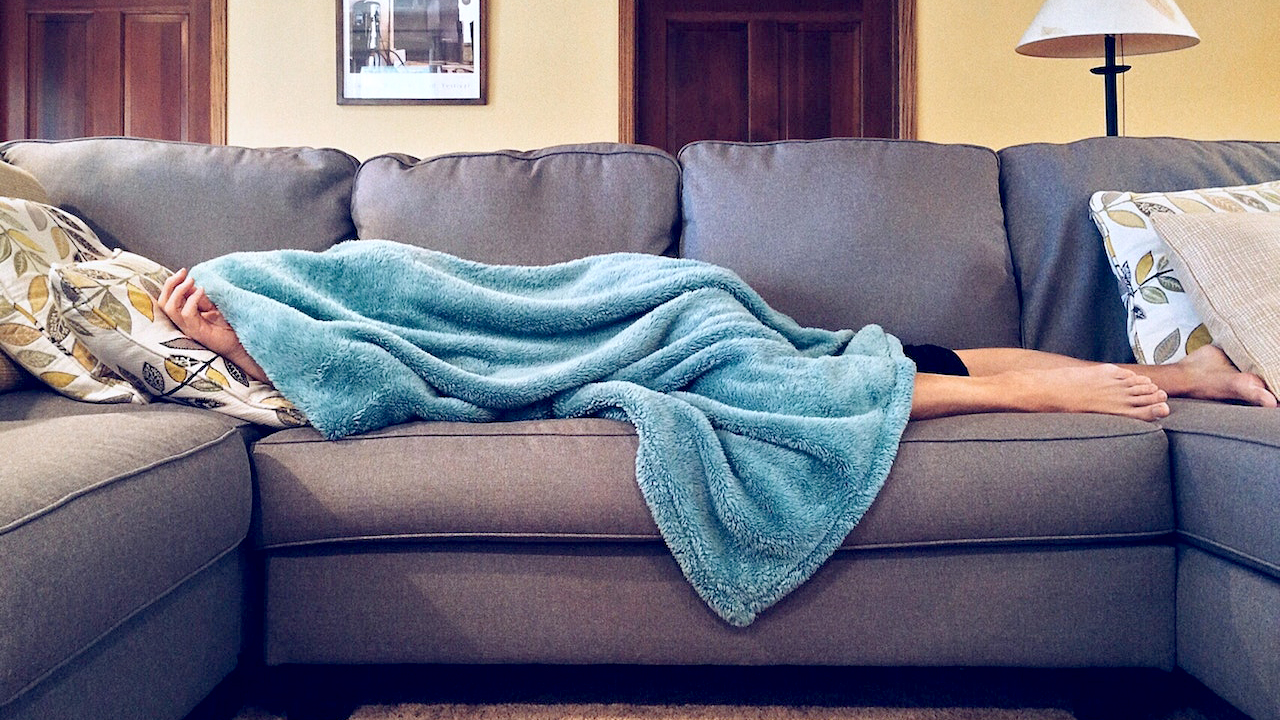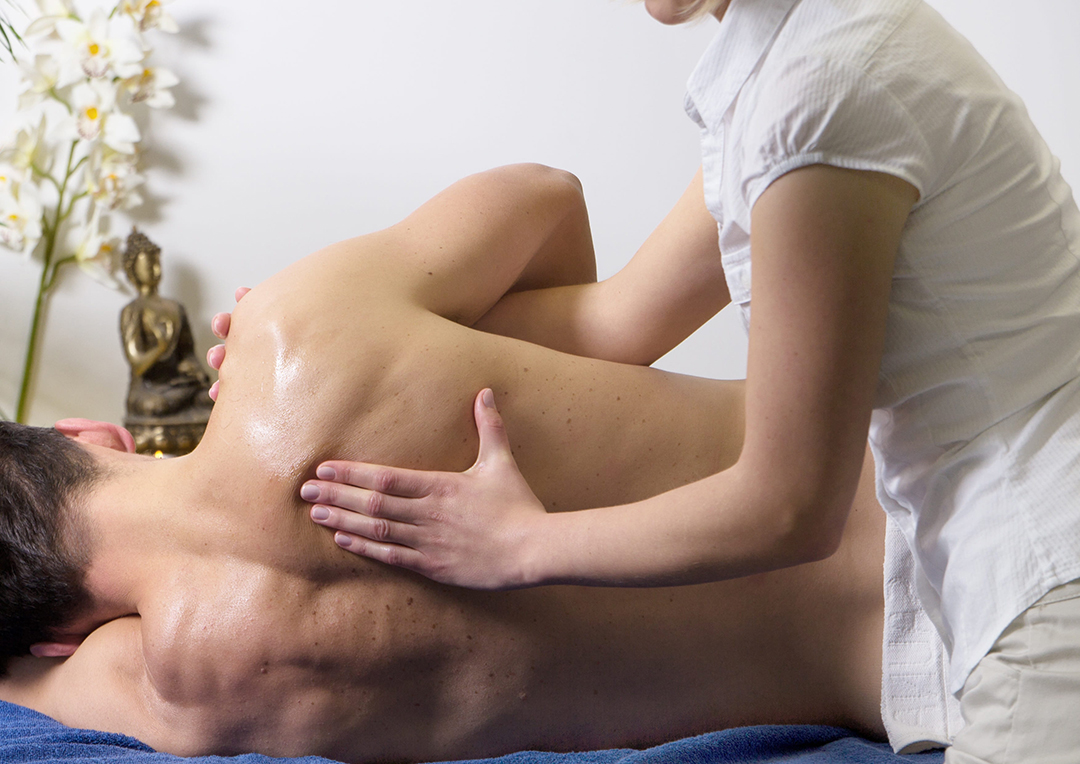Medically fragile clients are those with frail constitutions due to chronic or terminal illness, advanced age, or injury. These patients have complex, serious medical conditions. They may also be referred to as “medically frail” or “medically complex.” Massage therapist and educator Julie Goodwin explains that clients who fit into the “medically frail” category often have “multiple health conditions from which recovery or rehabilitation is unlikely, medical treatments and medications that create side effects that interfere with daily functioning, and impairments to mobility and cognition.”

Today we’re examining the basics of working with this type of client. Read on for primer on massaging the medically fragile.
Working with Medically Fragile Clients: An Overview
Treatment Setting
Medically frail clients may receive massage treatment at home, which may be a nursing or assisted living facility. Medical Massage Therapists may also serve this population in clinics and hospitals. Whatever the treatment setting, it is best to avoid providing massage on the floor or in a chair. Medically frail clients may not be able to transition out of these positions.
If you aim to serve medically fragile clients in your private clinic, here are a few design considerations to keep in mind:
- Use bright, ambient lighting to enhance visibility. You may also consider using contrasting top and bottom sheets for visually impaired clients.
- Include extra space for wheelchairs. Halls should be 36” wide and doors must be at least 32” wide.
- Ensure that furniture is stable and able to support a person’s weight. Medically fragile clients may need to “furniture walk” between areas in your clinic.
- Use an easily lowered table that’s at least 33” wide. Lower the table to between 18” and 24” to allow clients to comfortably mount and dismount.
When working in hospital settings, you will most often massage clients where they are found, whether that is in a bed, recliner, or wheelchair. Be flexible, as situations can change quickly. Make friends with the housekeeping crew; they can get you extra linens and clue you into facility procedures.
Finally, recognize that falling is the greatest fear of many medically frail clients. Therefore, you should never allow the client to transfer out of or into the bed without a staff member ready for assistance. Clear the table of pillows, bolsters, and other items before the client transfers. Do not leave clients unattended without the bed rail up. Should an emergency happen while you are in the room, put the bed rails up first and then step into the hall to call for assistance.
Treatment Goals
As with traditional clients, massage therapy can assuage multiple symptoms and conditions. Medically fragile clients may see the following benefits from their massage therapy sessions:
- Pain management
- Stress management
- Improved range of motion
- Insomnia
- Nausea
- Improved mood
- Feeling calm and peaceful
- Decreased swelling
Comfort may be the number one benefit of massage. Particularly for medically fragile clients who cannot speak, massage treatment provides much-cherished nourishment and relaxation.
Focus on Intake
Medically frail clients may require additional time upon entry—time to use the restroom, thoroughly complete intake forms, slake thirst, and get comfortable on the table. Take plenty of time to provide extra blankets and whatever other creature comforts will help the medically fragile client relax. During intake, consider turning down televisions and redirecting phone calls. This will help create a peaceful environment for communication.
Client Positioning
Oftentimes, medically frail clients relish their peaceful sleep following a good massage. Therefore, you may wish to position your client in a way that allows them to drift off. Clients may be supine, side lying, or seated. If IVs, incisions, or medical devices are located on the anterior chest or abdomen, do not put the client in a prone position.
Medically frail clients who have respiratory or cardiovascular complications should be massaged in a semi-reclining position; this may often be achieved by adjusting the bed. A tripod setup may also suffice. Find a cushioned bedside table with lockable wheels. The client can lean forward on this for support while receiving massage.
If you wish to use a heating pad, do so before the client gets on the table. Medically fragile clients often have difficulty with thermal regulation, so heating pads may be too hot for them.
Massage Technique
As when learning how to become a massage therapist, the technique of massaging medically frail clients is best learned in person from an experienced teacher. In general, experts recommend using lighter pressure. Shorter sessions may be appropriate, according to how the client is feeling. Healthcare facilities for medically fragile clients often book sessions from 15 to 45 minutes in length. When working with this client population, use only unscented lubricants, or scents that are familiar to the client. It is best to maintain different containers of lubricants for different clients.
To conclude, we’d like to encourage you to keep an eye on the East West College Continuing Education page for upcoming trainings on working with this unique and rewarding client group.
Sources:
Massage and the Medically Fragile Client, amtamassage.com
Special Populations: Working with the Medically Fragile, amtamassage.com



